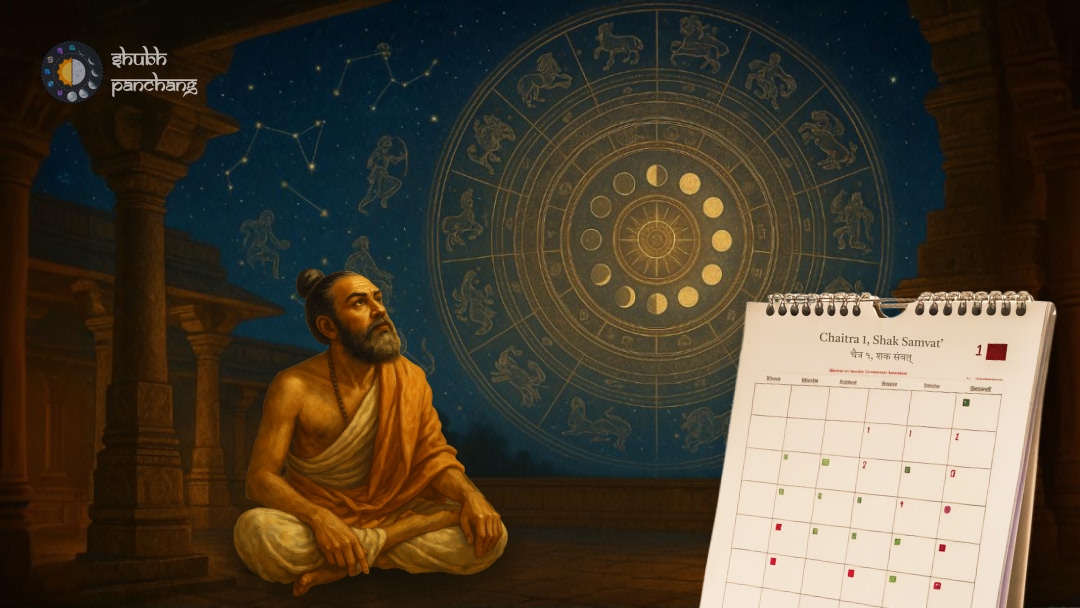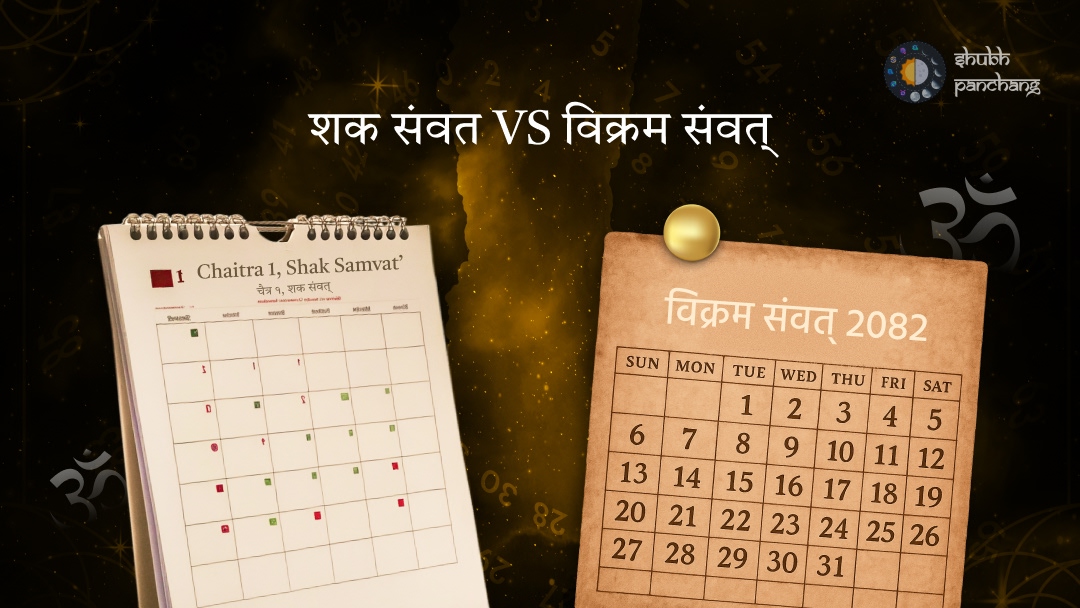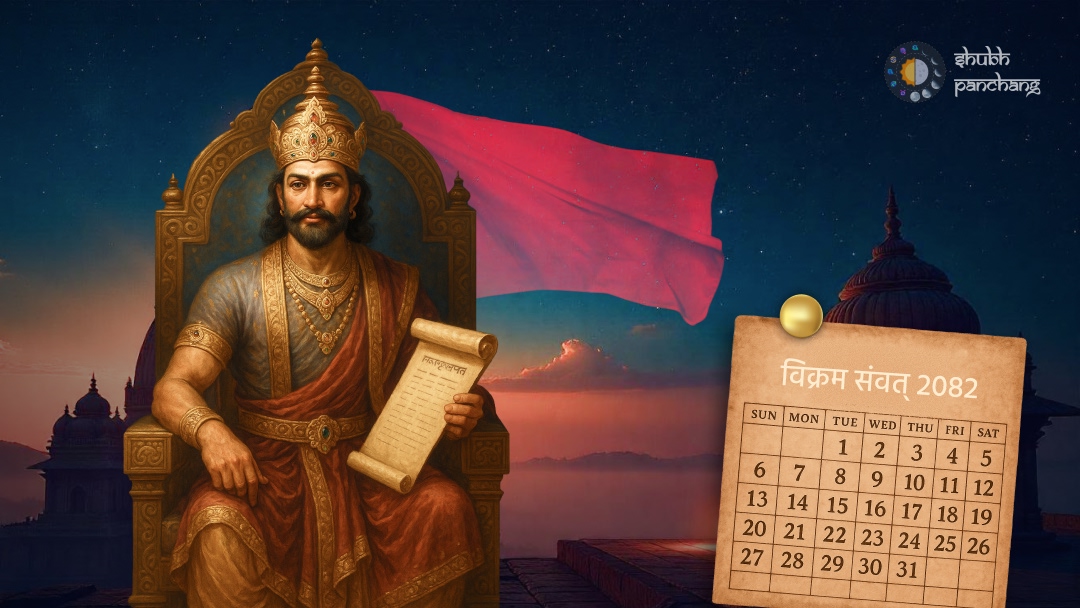
Unlocking the Shak Samvat: A Cosmic Timekeeper
Have you ever glanced at a Hindu calendar and wondered about that 'Shak Samvat' date alongside the more familiar Vikram Samvat? I've noticed many people often overlook it, but trust me, understanding the Shak Samvat unlocks a deeper appreciation for the intricate system that governs our festivals and auspicious timings. It's like discovering a secret code within our traditions! This blog is about this fascinating aspect of Hindu calendrical system.
What is Shak Samvat?
The Shak Samvat, also known as the Shalivahana Shak Samvat, is a historical calendar era that's deeply woven into the fabric of Indian culture. It's more than just a date; it's a marker of time with astronomical precision and historical significance. While the Vikram Samvat might be more prevalent in some regions, the Shak Samvat holds a unique place, especially in government publications and scientific contexts. So, why is it so important?
Shak Samvat in Government and Science
The Government's Choice: Why Shak Samvat?
Interestingly, the Indian government adopted the Shak Samvat as the official civil calendar in 1957. Initially I thought the Vikram Samvat was the main one, but the adoption of Shak Samvat reflects its accuracy and astronomical basis. The Calendar Reform Committee, established after independence, favored Shak Samvat due to its relative uniformity across different regions and its clear astronomical foundation. You'll often see it alongside the Gregorian calendar in official documents, railway timetables, and government communications.
The Astronomical Foundation
Decoding the Astronomical Basis
Unlike some other calendar systems, the Shak Samvat is firmly rooted in astronomical observations. It's a solar calendar, meaning its calculations are based on the Earth's movement around the Sun. The year begins with the month of Chaitra, which coincides with the spring equinox. Wait until you discover the mathematics! The precise calculations of solstices and equinoxes ensure that the calendar remains aligned with the seasons, which is pivotal for agricultural practices and seasonal festivals.
Calculating Auspicious Timings
Shak Samvat's Role in Determining Tithis and Muhurats
But how does Shak Samvat influence the dates of our festivals and the determination of auspicious timings (Muhurats)? The answer lies in its relationship with the Panchang. The Panchang, as your cosmic GPS, uses the Shak Samvat year, along with other astronomical data, to calculate the Tithis (lunar days), Nakshatras (constellations), and Yogas (planetary combinations) that are crucial for determining auspicious times for various activities. Each element hinges on the accurate dating system provided by the Shak Samvat. For example, determining the precise timing of Diwali or Holi depends on the correct calculation of Tithis based on the Shak Samvat.
Festivals Governed by Shak Samvat
Festivals and the Shak Samvat: A Deep Connection
Many Hindu festivals are directly linked to the Shak Samvat calendar. For instance, Gudi Padwa, which marks the beginning of the New Year in Maharashtra, is celebrated on the first day of Chaitra month according to the Shak Samvat. Similarly, several regional festivals and rituals are timed based on the Shak Samvat, showcasing its cultural importance beyond just a calendar system. After years of practice, I've noticed that families deeply connected to their roots often consult the Shak Samvat calendar for planning important ceremonies.
Modern Applications
Practical Applications in Modern Life
So, how can understanding the Shak Samvat benefit you in today's fast-paced world? Well, knowing the Shak Samvat date can help you connect with traditional practices and understand the significance of various festivals. It also allows you to appreciate the scientific precision behind the Hindu calendar system. Moreover, if you're interested in astrology, the Shak Samvat provides a framework for understanding planetary transits and their impact on your life. But what if I told you that understanding the Shak Samvat could also help you plan your wedding or start a new business at the most auspicious time? That's the power of Muhurat!
A Legacy of Time and Tradition
Beyond the Calendar: A Deeper Meaning
The Shak Samvat is more than just a way to keep track of time; it's a link to our rich cultural heritage and astronomical knowledge. By understanding its significance, we can gain a deeper appreciation for the wisdom of our ancestors and the intricate system that governs our lives. The next time you see the Shak Samvat date on a calendar, remember its profound implications and its role in shaping our festivals and traditions. Think of it as a reminder of the enduring legacy of Indian science and culture.
Embrace the Wisdom of Time
Take some time to explore a Panchang that uses the Shak Samvat. Observe how it influences the timing of festivals and auspicious events. It's a journey into understanding the cosmic rhythms that shape our lives, blending tradition with a scientific underpinning. Initially, it might seem complex, but with a little exploration, you'll uncover a fascinating dimension of Hindu culture. Embrace this knowledge, and watch as your understanding of our traditions deepens.







